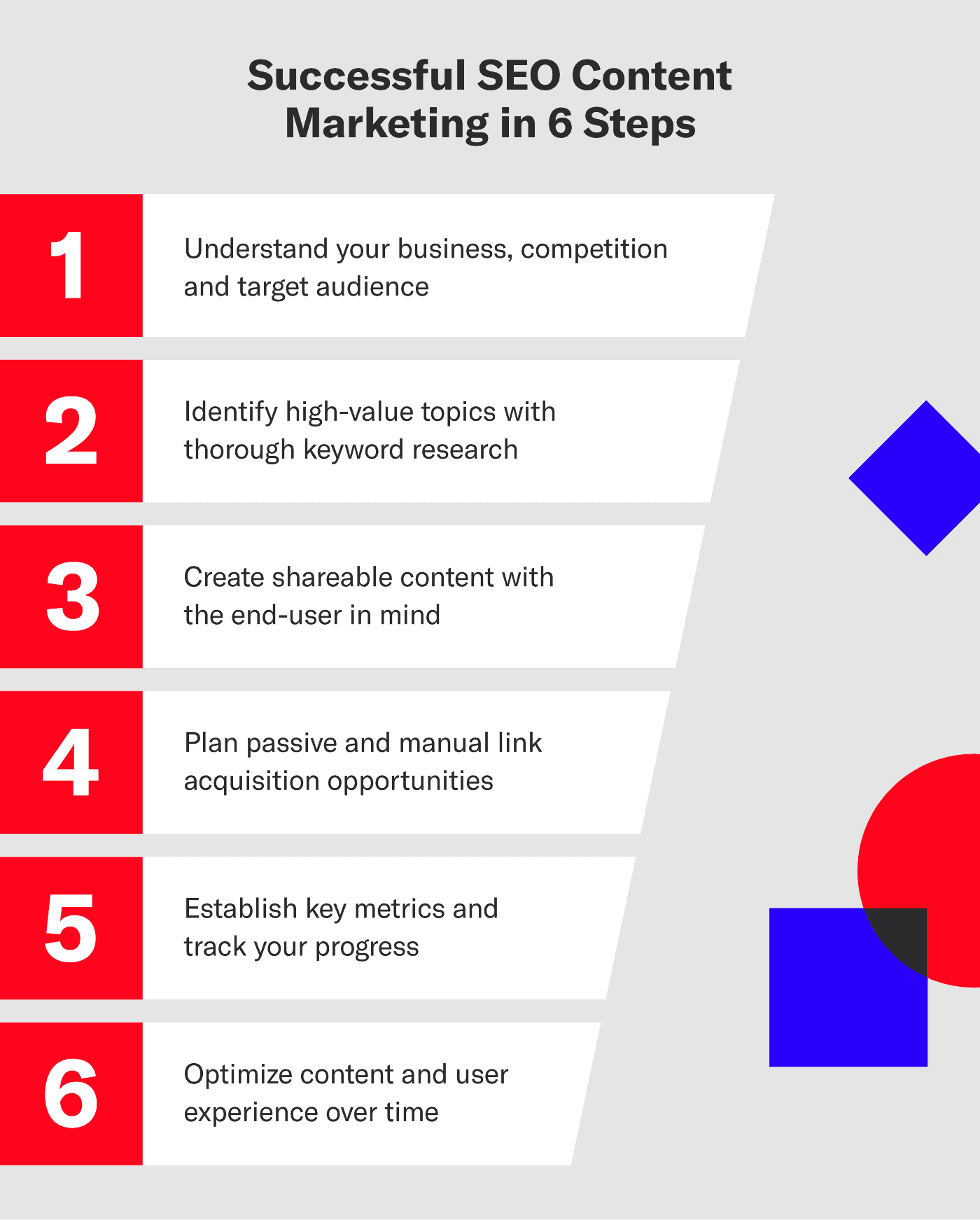Content Strategy Agency Services: What You Can Expect for Your Marketing Needs
Content Strategy Agency Services: What You Can Expect for Your Marketing Needs
Blog Article
Determining the Success of Your Content Approach: Crucial Metrics to Track
In the world of digital marketing, the effectiveness of a content strategy is frequently evaluated through various metrics that reflect both reach and influence. While website traffic metrics give a fundamental understanding of target market interaction, it is the mix of interaction and conversion metrics that really reveals the deepness of material resonance and its economic effects. Recognizing which metrics are crucial and just how to translate them can substantially boost your critical technique. The difficulty lies in understanding which specific metrics to focus on and how they can educate your next actions in optimization.
Traffic Metrics
In the world of web content method, understanding traffic metrics is critical for evaluating the performance of electronic initiatives. These metrics give insights right into customer behavior, helping companies identify the reach and impact of their content. Trick website traffic metrics consist of page views, special site visitors, and session period, each offering distinctive point of views on audience engagement.
Page sights show the complete number of times a page has been viewed, while special site visitors determine the variety of distinctive individuals accessing the content, thus getting rid of replicate matters. Tracking these 2 metrics with each other permits an extensive understanding of content consumption patterns. Furthermore, session period reveals for how long individuals are engaging with the material, providing understandings into its relevance and engagement level.
This information is crucial for refining advertising strategies and optimizing content circulation channels. By focusing on traffic metrics, organizations can assess the presence of their material, determine trends, and make informed choices to improve overall web content approach performance.
Interaction Metrics
While website traffic metrics give important insights into individual reach and behavior, involvement metrics use a much deeper understanding of how target markets communicate with web content once they arrive. These metrics are essential for examining the high quality of individual communications and the general performance of a content strategy.
Key involvement metrics include time on page, scroll depth, and social shares. Time on page shows the length of time customers invest consuming material, which can expose its importance and charm. Scroll depth gauges how far down the web page customers scroll, offering insights right into content framework and readability. Social shares show the degree of vibration with the audience, highlighting content that prompts individuals to show to their networks.
Furthermore, comments and user-generated content can act as signs of audience interest and participation. High involvement levels often correlate with enhanced brand loyalty and advocacy, as users who communicate with content are much more most likely to keep in mind and endorse the brand.
Conversion Metrics
Just how successfully does your web content drive preferred actions from your audience? Conversion metrics are essential for examining the efficiency of your content technique in persuading users to take certain actions, such as registering for a newsletter, buying, or downloading and install a source. By tracking these metrics, you can identify the roi (ROI) of your content initiatives and recognize locations for enhancement.
Secret conversion metrics consist of conversion price, which measures the percentage of visitors that complete a desired activity, and the typical order value, which shows the regular quantity invested by customers. Additionally, tracking list building metrics, such as the number of leads acquired through content, can give insight into the effectiveness of your web content in supporting leads down the sales channel.
One more essential metric is client acquisition cost (CAC), which assesses the complete price associated with obtaining a brand-new client via your material initiatives. Content Strategy Agency. By assessing these metrics, you can make data-driven decisions to enhance your content method, improve your messaging, and improve calls-to-action, ultimately causing increased conversions and organization development
SEO Performance

First, natural web traffic functions as a key sign of search engine optimization success, mirroring the variety of visitors reaching your site via internet search engine results. Assessing organic traffic patterns over time can expose the effectiveness of your optimization initiatives.
Second, keyword positions are vital as they show just how well your web content performs for targeted visit this site search terms (Content Strategy Agency). Keeping an eye on changes in rankings can help you refine your keyword phrase technique and prioritize content enhancements
Third, click-through price (CTR) is vital, as it determines the portion of customers that click your web link after seeing it in search results page. A high CTR shows that your titles and meta descriptions are pertinent and compelling to user inquiries.
Social Media Site Impact
What role does social networks play in improving web content approach metrics? Social media works as a powerful amplifier for material distribution, dramatically impacting reach, interaction, and brand recognition. By tracking social media sites metrics such as shares, suches as, comments, and total engagement prices, companies can gauge the efficiency of their material technique and determine what resonates with their audience.
Furthermore, social media sites systems give useful group understandings, enabling companies to customize content to specific target market segments. Monitoring reference traffic from social networks to the web site also aids in recognizing the conversion possibility of social networks projects. The correlation in between social media communications and site efficiency can expose the effectiveness of web content in driving user actions.

Conclusion
To conclude, gauging the success of a material technique requires a detailed evaluation of different metrics. Traffic metrics expose the reach of content, while involvement metrics offer understandings into target market interaction. Conversion metrics analyze the monetary effects of content initiatives, and SEO performance shows visibility in internet search engine. Evaluating social media impact highlights the effectiveness of material circulation. Jointly, these metrics facilitate informed decision-making and optimization of web content approaches to accomplish preferred go to this site end results.
While traffic metrics provide a foundational understanding of target market involvement, it is the mix of involvement and conversion metrics that absolutely reveals the depth of material resonance and its monetary ramifications. By concentrating on website traffic metrics, companies can assess the visibility of their material, determine patterns, and make notified decisions to boost overall content technique efficiency. By tracking social media metrics such as shares, likes, comments, and overall involvement prices, companies can determine the performance of their web content method and identify what resonates with their target market.
In recap, leveraging social media effect metrics not only enhances the understanding of content efficiency but additionally notifies future content development, guaranteeing positioning with audience choices and optimizing total method efficiency.
Report this page